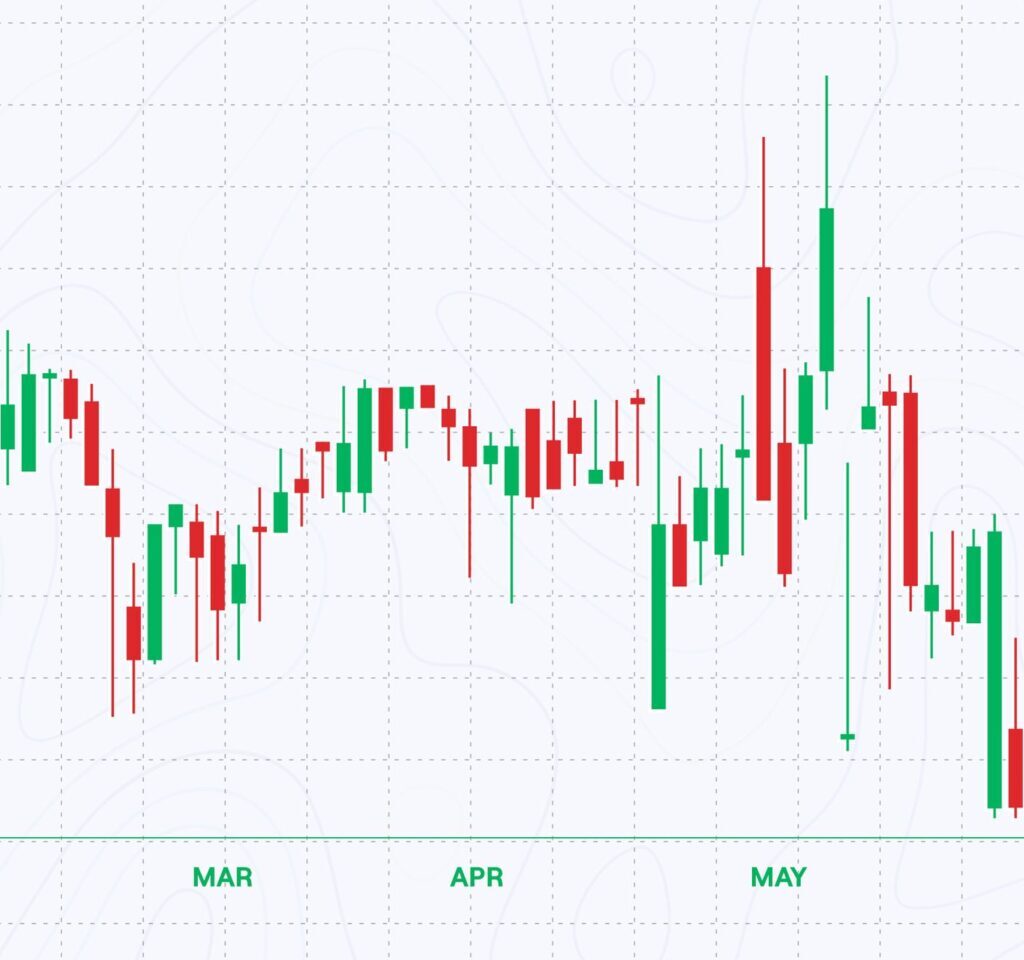
Introduction
The cryptocurrency market is like a rollercoaster ride—full of exhilarating highs and heart-stopping lows. Whether you’re a seasoned investor or just starting to dip your toes into the crypto waters, understanding the dynamics of bear and bull seasons is crucial. These terms aren’t just jargon; they encapsulate the very essence of the market’s ebb and flow. But what exactly do these terms mean, and how can you navigate these turbulent waters with confidence? Buckle up as we delve into the fascinating world of cryptocurrency, exploring the nuances of bear and bull markets, and arming you with the knowledge to make informed decisions.

What Are Bear and Bull Markets in Cryptocurrency?
Let’s start with the basics. A bull market is characterized by rising prices, optimism, and a general sense of euphoria among investors. Imagine a bull charging forward, symbolizing the upward momentum of prices. In contrast, a bear market is marked by falling prices, pessimism, and often, a lot of fear and uncertainty. Picture a bear hibernating, indicating a slowdown in market activity and a retreat in prices.
The Psychology Behind Bull Markets
Bull markets are often driven by positive sentiment. When prices are on the rise, everyone wants a piece of the action. FOMO (Fear of Missing Out) kicks in, and more and more people start buying, further driving up prices. It’s a self-fulfilling prophecy, where optimism breeds more optimism. But it’s not just retail investors getting in on the action; institutional investors, too, start pouring money into the market, further fueling the fire.
Indicators of a Bull Market
So, how do you know when you’re in a bull market? Look for sustained price increases over weeks or months, high trading volumes, and positive news coverage. Analysts often point to strong economic indicators, low interest rates, and high consumer confidence as additional signs of a bull market. In the crypto world, a surge in interest in Bitcoin often signals the start of a bull run, pulling altcoins along for the ride.
The Role of Hype in Bull Markets
Hype plays a massive role in driving bull markets. New technological developments, endorsements from high-profile individuals, and media coverage can create a feeding frenzy. Take the example of Bitcoin’s 2020-2021 bull run, which saw prices skyrocket partly due to endorsements from figures like Elon Musk and increased adoption by companies like Tesla and Square.
The Dark Side of Bull Markets
While bull markets can make investors feel invincible, they also carry risks. Overconfidence can lead to poor decision-making, with investors piling into overhyped projects without doing their due diligence. The fear of missing out can cause people to invest more than they can afford to lose, leading to financial ruin if the market turns.
The Bubble Effect
A bull market can sometimes turn into a bubble, where asset prices are driven to unsustainable levels. When the bubble bursts, it can lead to a sharp and sudden downturn, wiping out gains in a matter of days or even hours. The 2017 crypto bubble is a prime example, where Bitcoin soared to nearly $20,000, only to crash to around $3,000 within a year.
Understanding Bear Markets
On the flip side, a bear market is when prices are falling, often leading to widespread fear and panic. In a bear market, investors are more likely to sell off their assets to minimize losses, which further drives prices down. The sentiment during a bear market is often one of despair, with many believing that prices will never recover.
Identifying a Bear Market
Bear markets are identified by prolonged periods of declining prices, typically over months or even years. Low trading volumes, negative news, and a general sense of pessimism pervade the market. In the crypto space, bear markets can be particularly brutal, with prices dropping by 80% or more from their all-time highs.
Surviving the Crypto Winter
The term “crypto winter” is often used to describe prolonged bear markets in the cryptocurrency world. During these periods, many projects fail, and the overall market cap can shrink significantly. However, for those with a long-term perspective, bear markets can present opportunities to accumulate assets at lower prices.
The Silver Lining of Bear Markets
Bear markets aren’t all doom and gloom. They can serve as a reality check, weeding out weak projects and scams, and paving the way for stronger, more viable projects to emerge. It’s during these times that savvy investors can build positions in high-quality assets at a discount, positioning themselves for the next bull run.
Strategies for Bear Markets
During a bear market, the key is to remain patient and avoid panic selling. Dollar-cost averaging (DCA) is a popular strategy where you invest a fixed amount at regular intervals, regardless of the price. This strategy helps to mitigate the impact of volatility and can lower your average cost over time.
The Importance of Diversification
Diversification is crucial in a bear market. By spreading your investments across different assets, you reduce the risk of being wiped out by a downturn in a single asset. In the crypto world, this could mean holding a mix of Bitcoin, Ethereum, and other altcoins, as well as stablecoins to preserve capital.
Transitioning from Bear to Bull
One of the most challenging aspects of investing in cryptocurrency is recognizing when the market is transitioning from bear to bull. This shift is often marked by a change in sentiment, with prices starting to stabilize and then gradually rise. However, it’s important to remain cautious, as bear market rallies—short-term price increases within a longer downtrend—can be deceptive.
The Role of External Factors
External factors such as regulatory news, macroeconomic trends, and technological advancements can influence the transition between bear and bull markets. For example, positive regulatory developments or major technological breakthroughs can spark a bull market, while negative news or economic downturns can trigger a bear market.
Timing the Market: Is It Possible?
Timing the market—buying at the bottom and selling at the top—is the holy grail of investing, but it’s notoriously difficult to achieve. Instead of trying to time the market perfectly, many experts recommend focusing on long-term trends and maintaining a diversified portfolio.
Conclusion: Riding the Waves of the Crypto Market
The cryptocurrency market is inherently volatile, with bear and bull markets being an integral part of its cycle. While bull markets can be exhilarating, and bear markets can be terrifying, both offer unique opportunities for those who understand how to navigate them. By staying informed, diversifying your portfolio, and keeping a long-term perspective, you can ride the waves of the crypto market with confidence and enthusiasm.
Read More Posts
Top 10 Richest Actors in the World 2024
Top 10 Football Coaches in the World 2024
FAQs
A bull market is often triggered by a combination of positive sentiment, favorable economic conditions, and increased demand for cryptocurrencies. Technological advancements, regulatory clarity, and endorsements from influential figures can also spark a bull market.
Bear markets in cryptocurrency can last anywhere from several months to a few years. The duration varies depending on various factors, including market sentiment, economic conditions, and technological developments.
Yes, you can still make money during a bear market by using strategies like dollar-cost averaging, short-selling, and diversifying your investments. It’s also an opportunity to accumulate high-quality assets at lower prices.
The risks of investing during a bull market include overconfidence, FOMO, and the potential for a bubble to form. Prices can become overinflated, leading to significant losses if the market suddenly turns bearish.
The transition from bear to bull is often marked by a change in sentiment, with prices stabilizing and gradually rising. Look for positive news, increased trading volumes, and a general sense of optimism as indicators of a market shift.

